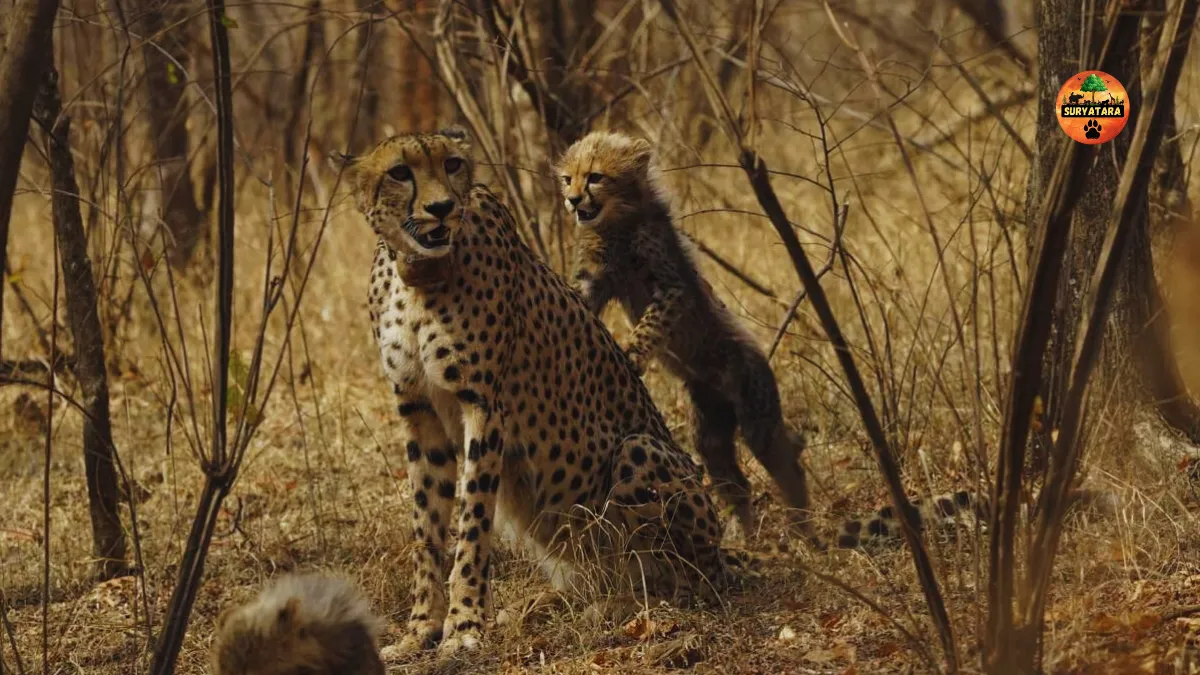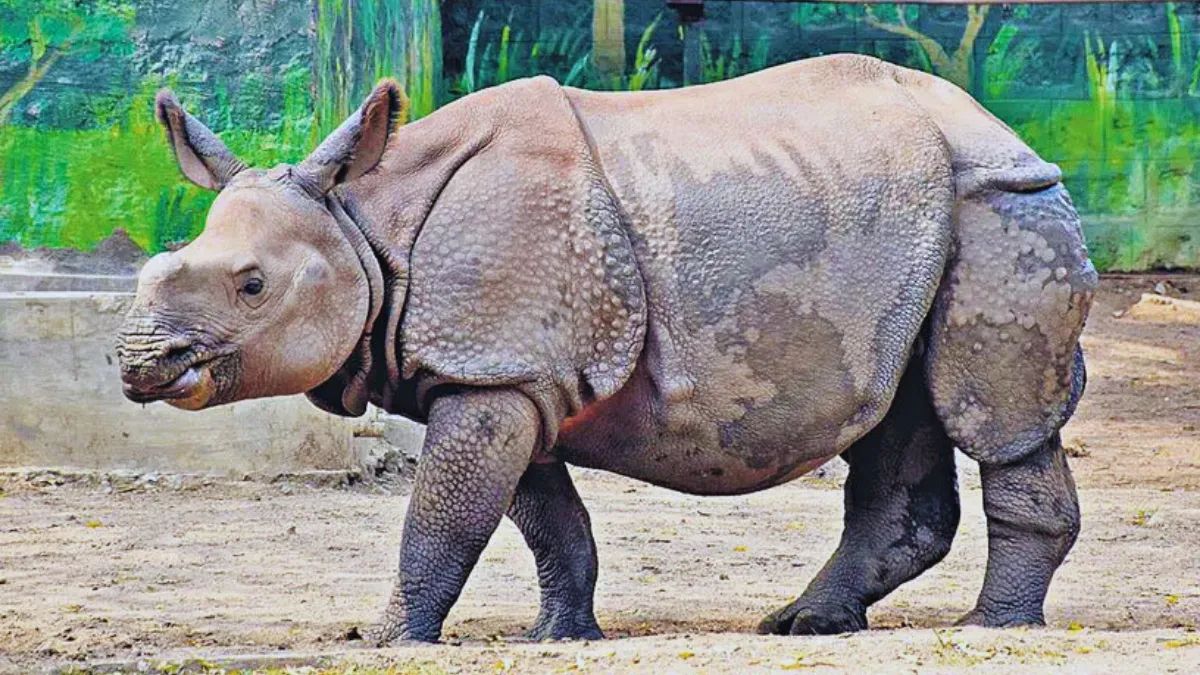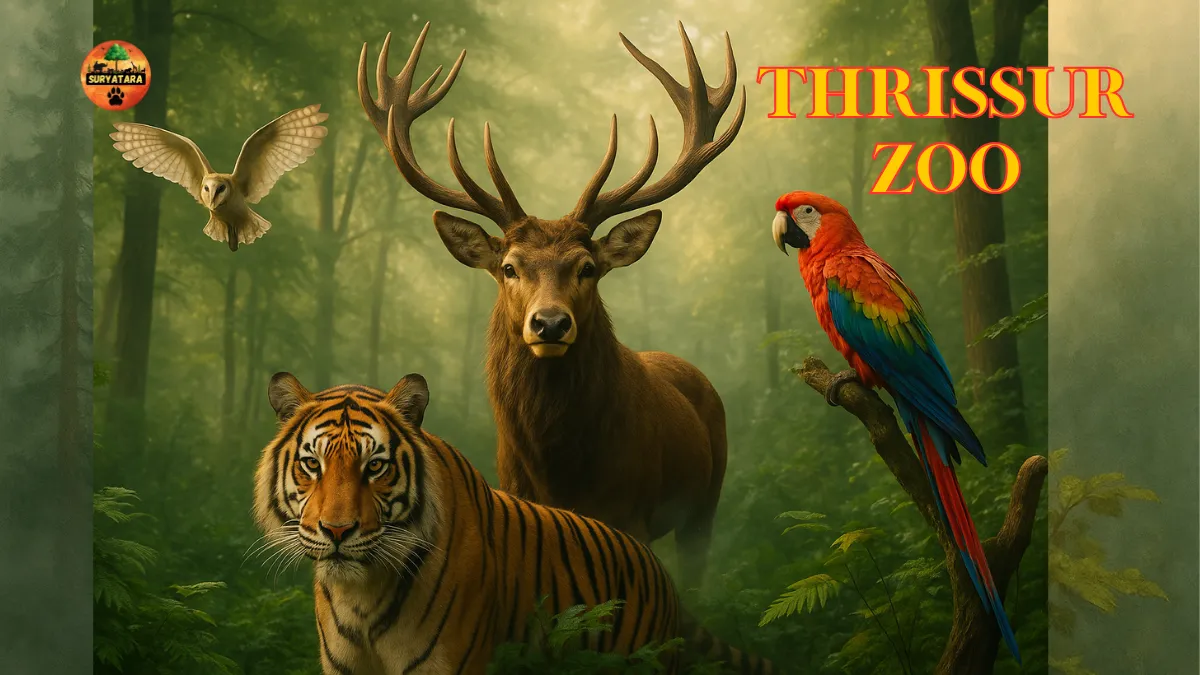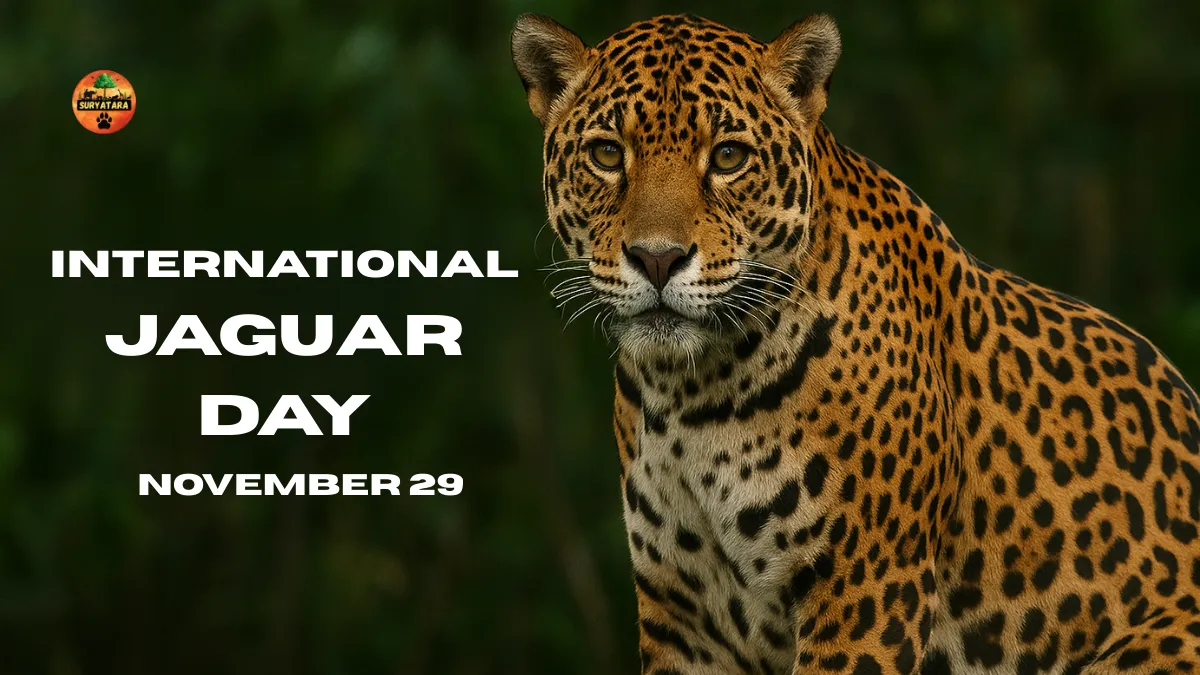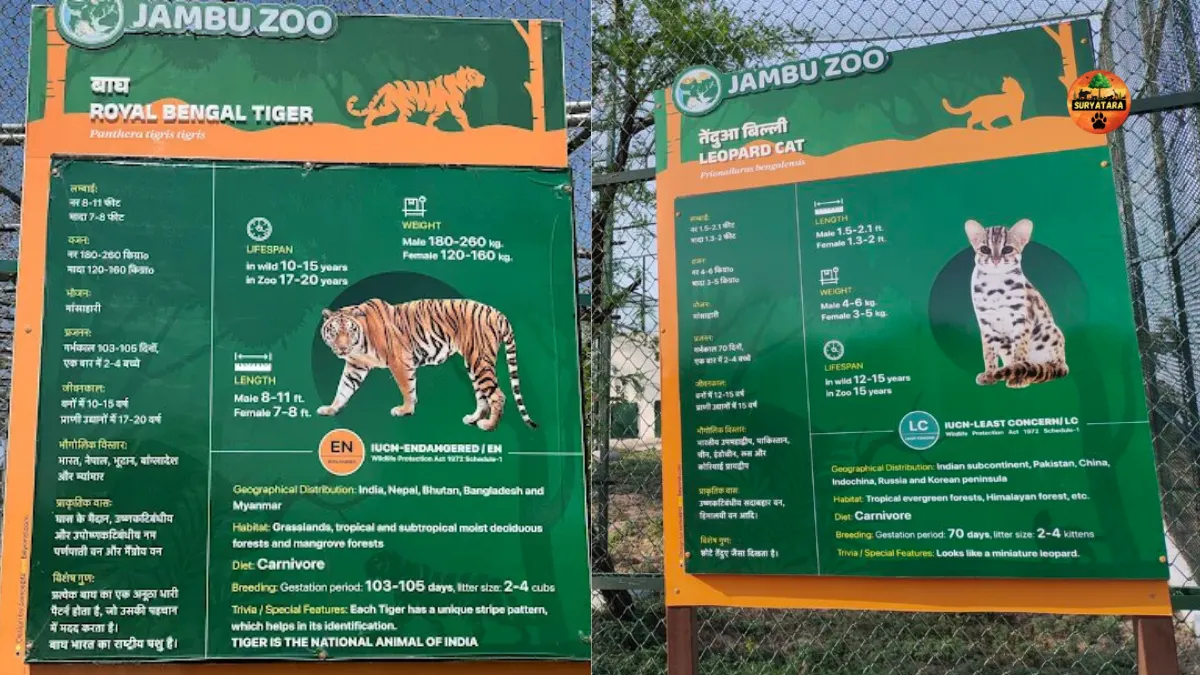Veerangana Rani Durgavati Tiger Reserve in Madhya Pradesh is a land where the mighty roar of tigers echoes, deer leap gracefully across the meadows, and countless untold stories hide beneath the shade of tall, ancient trees. This forest already holds a rich natural heritage, but now, it is set to gain a brand-new identity. Soon, the fastest land animals in the world – African cheetahs – will make this tiger reserve their new home.
A team of wildlife experts recently visited Nauradehi and selected an area of around 600 square kilometers across the Mohli, Singpur, and Jhapan ranges. This carefully chosen region will be developed into a dedicated habitat for the cheetahs, making it one of the most ambitious wildlife relocation projects in India.
A New Chapter for the Largest Tiger Reserve in Madhya Pradesh
Although Veerangana Rani Durgavati (Nauradehi) Tiger Reserve is relatively new as Madhya Pradesh’s largest tiger reserve, it is already making headlines for its conservation success. The tiger population here has been steadily increasing, and now, it will also become home to a species that vanished from India decades ago – the cheetah.
In May 2025, a team of specialists working on India’s Cheetah Project visited the reserve to assess the area’s suitability. They examined the habitat, identified the necessary preparations, and advised the management to create the required infrastructure before introducing the animals. Following their recommendations, the tiger reserve authorities have already begun planning an enclosure to house the incoming cheetahs.
Expert Approval and Green Signal for Cheetah Settlement
The Wildlife Institute of India (WII) in Dehradun has been appointed as the nodal agency for the cheetah relocation program in India. In early May 2025, experts from WII and the National Tiger Conservation Authority (NTCA), including DIG Dr. V.B. Mathur and senior scientists, spent three days surveying Nauradehi. They were joined by Dr. A.A. Ansari, Deputy Director of the tiger reserve.
After their visit, the team officially recommended Nauradehi as a suitable location and issued a directive to prepare for the relocation. They identified the Mohli, Singpur, and Jhapan ranges as ideal areas for the cheetahs. Covering around 600 square kilometers, these ranges will serve as the core relocation zone.
Preparations Underway for Enclosures and Facilities
The WII has asked the management to complete all necessary preparations within the next 18 months. If all goes as planned, the cheetahs could arrive in late 2026 or early 2027.
One of the first priorities is to build specialized enclosures for the cheetahs. To ensure they meet the correct standards, a team from Nauradehi will soon visit Kuno National Park, where enclosures for cheetahs have already been successfully built for previous relocation projects. This visit will help the staff understand the construction process and the unique needs of cheetahs.
Enclosures for wild animals are not one-size-fits-all. For example, there are quarantine enclosures where newly arrived animals are kept under observation for about 20 days to monitor their health. There are also soft release bomas (SRVs), which allow animals to adapt to their new environment before being fully released into the wild. Nauradehi’s management will construct the required enclosures based on official instructions.
Why Nauradehi Tiger Reserve is Ideal for African Cheetahs
Nauradehi Tiger Reserve is the largest of all tiger reserves in Madhya Pradesh, spanning across three districts – Sagar, Damoh, and Narsinghpur. The total area is 2,339 square kilometers, including 1,414 sq km of core forest and 925.12 sq km of buffer zone.
One of the most important reasons Nauradehi is perfect for cheetahs is its vast grasslands. These open landscapes are essential for cheetahs, which rely on speed and visibility to hunt. The reserve’s grasslands have been steadily expanding as villages within the reserve are relocated and former agricultural lands are restored to natural grassland ecosystems.
Where there are grasslands, there is prey. Nauradehi is home to a high density of herbivorous animals such as blackbuck, chinkara, and spotted deer – perfect prey species for cheetahs. This abundance of food will help the relocated cheetahs adapt and thrive.
A Long-Pending Dream: The First Survey in 2010
The idea of settling cheetahs in Nauradehi is not new. Back in 2010, when Nauradehi was still a wildlife sanctuary, the Wildlife Institute of India conducted the first survey to explore its suitability for cheetahs. Even then, the Mohli, Singpur, and Jhapan ranges were identified as prime locations for relocation due to their open habitats and prey base.
These ranges, covering about 600 square kilometers, offer wide, uninterrupted grasslands – a landscape perfectly matched to the cheetah’s hunting style. Now, after more than a decade, the plan is finally taking shape.
What the Management Says
According to Dr. A.A. Ansari, Deputy Director of Nauradehi Tiger Reserve:
“We are fully prepared to start work for cheetahs. Once we receive the detailed instructions, we will begin fencing and constructing enclosures in the identified ranges. The cheetahs will be settled in an area of about 600 square kilometers within Mohli, Singpur, and Jhapan. Different types of enclosures will be created, including quarantine and soft release bomas, depending on the requirements.”
This statement reflects the management’s readiness to make the project a success and ensure the cheetahs have the best possible start in their new home.
The Bigger Picture: Conservation and Biodiversity
The relocation of African cheetahs to Nauradehi is not just about bringing back a species that was declared extinct in India in 1952. It is part of a larger vision to restore ecological balance, promote biodiversity, and make India a global leader in wildlife conservation.
By introducing cheetahs into a suitable habitat, the project will:
- Enhance predator diversity in the ecosystem.
- Create opportunities for eco-tourism and local employment.
- Increase global attention on India’s wildlife conservation efforts.
- Help restore the historical range of the cheetah in the Indian subcontinent.
Also read: World Lion Day 2025: Honoring the King of the Jungle and Inspiring Global Conservation
A Boost for Tourism and Local Communities
The arrival of cheetahs will also open new doors for eco-tourism in Madhya Pradesh. Tourists from across the country and the world will visit to witness these magnificent creatures in the wild, bringing economic benefits to nearby communities. Local people can be involved in tourism services, guiding, and conservation-related jobs, ensuring they become active partners in protecting the reserve.
Also read: World Lion Day: Why the Lion Was the Ultimate Royal Trophy for India’s Mughal Emperors
Looking Ahead
If all goes according to plan, late 2026 or early 2027 will mark a historic moment for Madhya Pradesh and for India – the sight of African cheetahs sprinting across the golden grasslands of Veerangana Rani Durgavati Tiger Reserve. With the dedication of conservation experts, government agencies, and the reserve’s management team, Nauradehi is on the brink of becoming a unique home for both tigers and cheetahs – a rare coexistence in the modern world.
This project will not only rewrite the history of cheetahs in India but also serve as a global example of how determination, planning, and respect for nature can bring a species back from extinction in a country.
